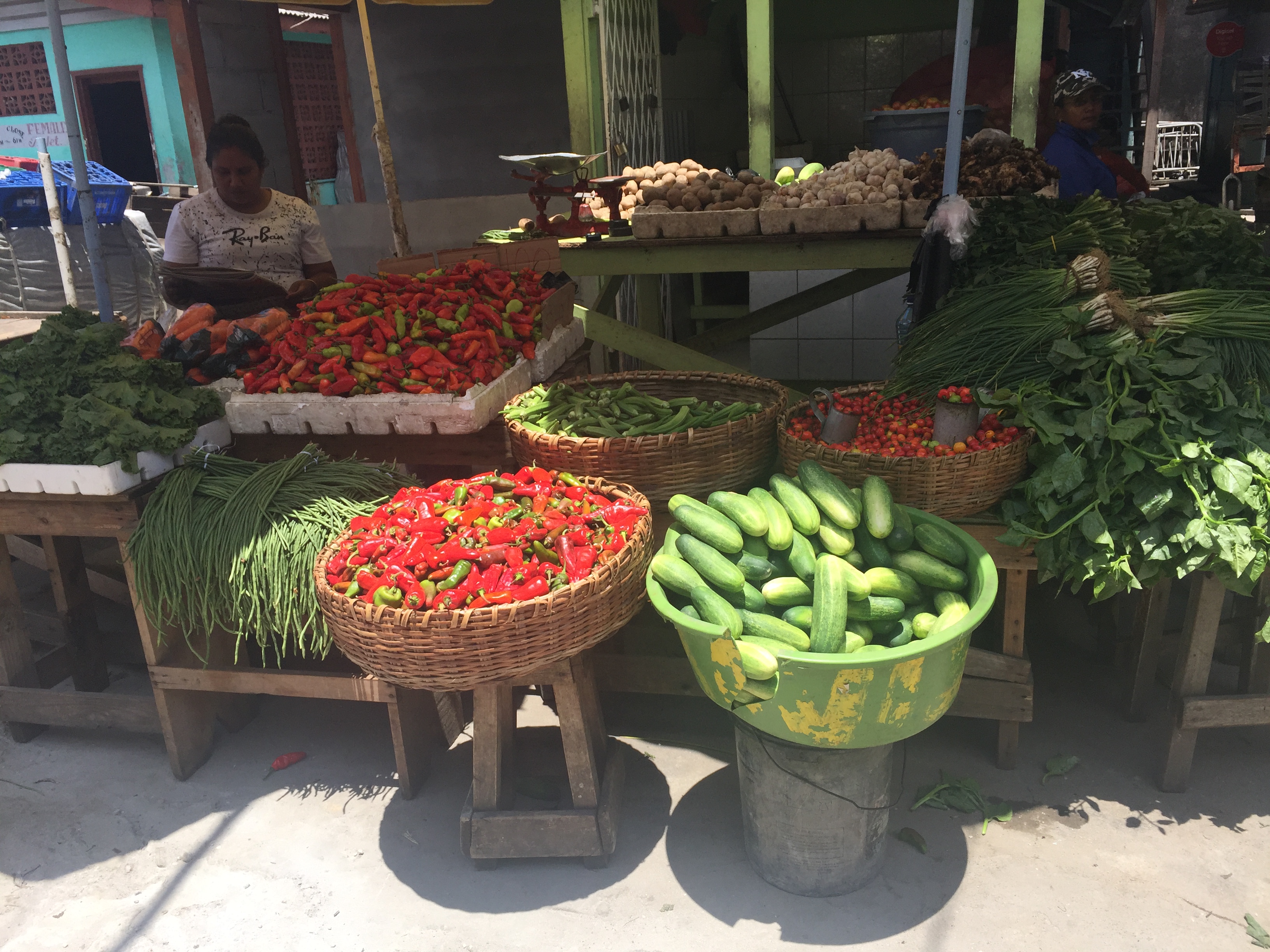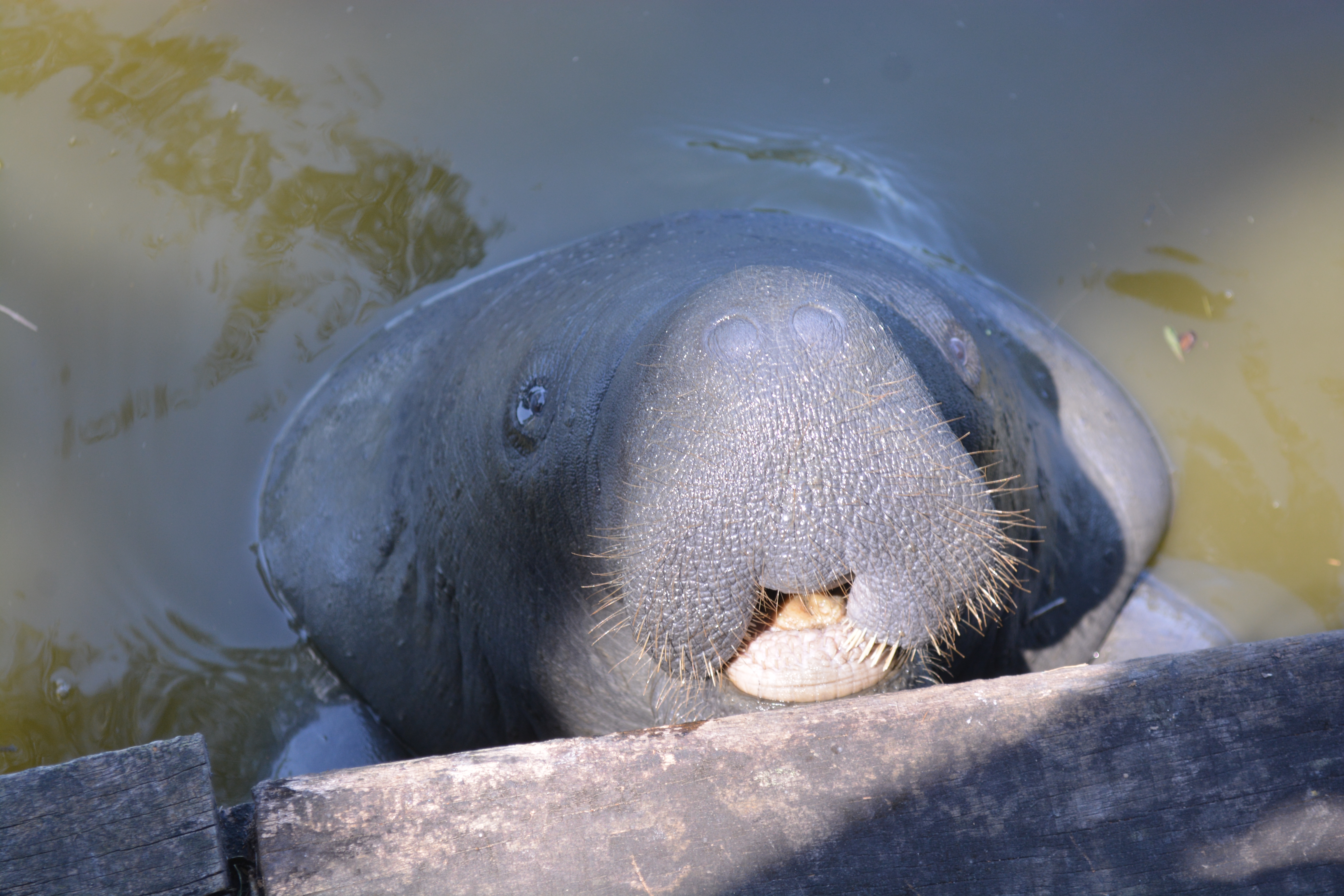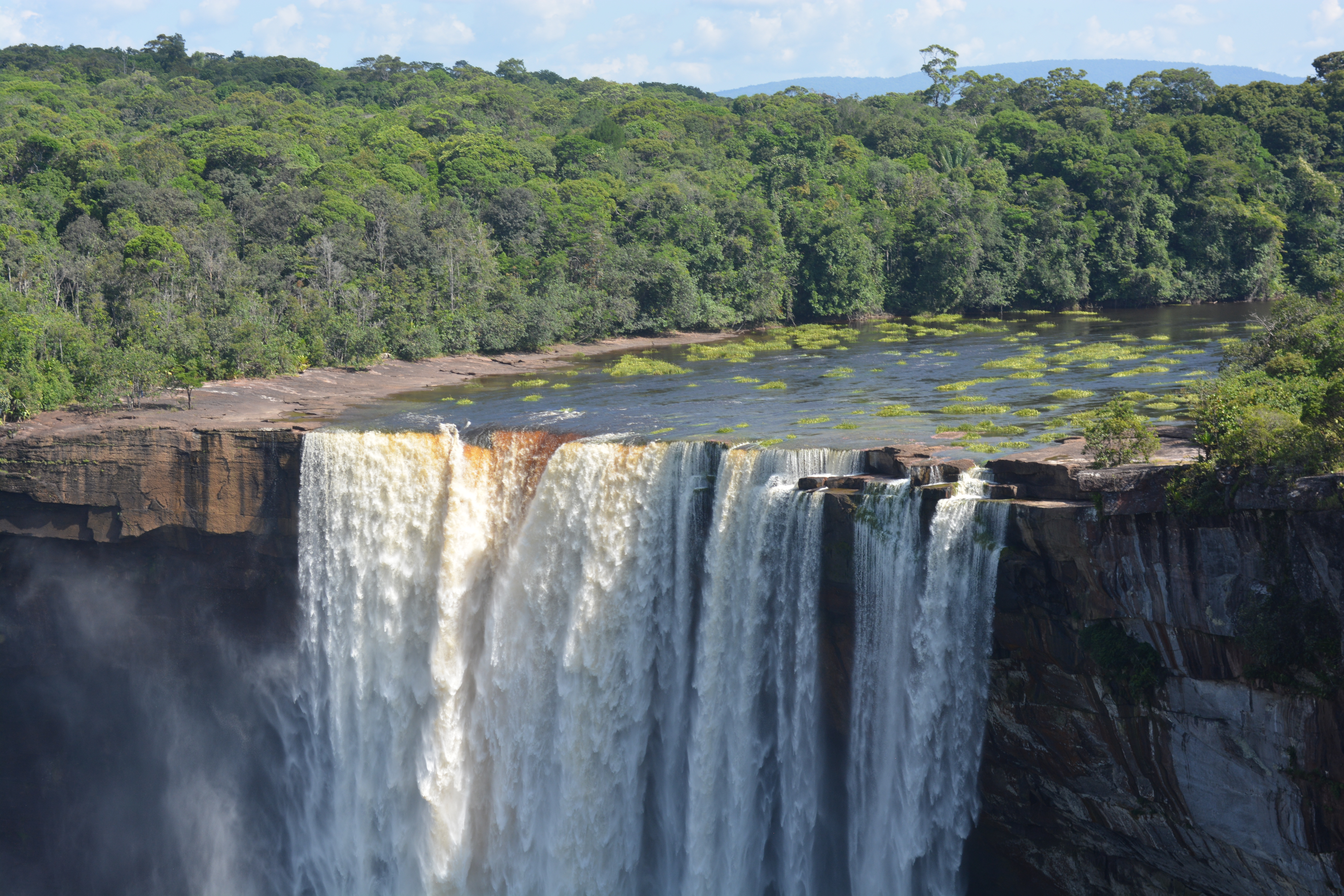We picked up the Dragoman 21-day overland journey from Boa Vista in Northern Brazil through the rarely travelled Guianas to Cayenne in French Guiana. It was the first leg of a bigger journey through Northern Brazil to Rio de Janeiro. At the time Dragoman had only run the trip once before so it was what they called an exploratory trip.
The truck was half full and unlike previous trips most of our fellow travellers were more experienced overlanders who had done a number of Dragoman trips before. While there was some camping in parts of up-country Guyana, most of the accommodation was in small hotels and gust houses.
Our start point for the trip was the city of Boa Vista in Northern Brazil, the capital of Roraima state and gateway to the country’s northern frontier. The city has a population of around 400,000 people, making it the largest urban area in the state. Unlike many other cities in the Amazon, Boa Vista has a unique layout with wide avenues radiating from the city centre, giving it a more organised and spacious feel.
The climate is tropical, with consistently warm temperatures throughout the year. Boa Vista experiences a wet season from April to September and a dry season from October to March. The city’s location near the equator means it enjoys high humidity, but during the dry months, it becomes noticeably drier compared to the surrounding rainforest. Its proximity to the border with Venezuela and Guyana makes it a significant regional hub for trade and cross-border activity.
The border with Guyana was very quiet, with a small amount of traffic crossing into Guyana to make use of its access to the sea, but generally this is a forgotten part of Brazil. Some Venezuelan refugees had made their way to Boa Vista, but because of the differences in language and the distance from the major Venezuelan population centres, the numbers of refugees were so much lower than the numbers in Colombia and the Andean countries to the West.
Roads in the region outside the main coastal road were like new roads into frontier lands. Each border crossing along the coastal road was by small ferry crossing large rivers.
The Dragoman trip finished in Cayenne, with a very interesting link leg from Cayenne to Belem in Brazil from where the next leg to Salvador started.

Guyana Overview
Guyana, officially the Co-operative Republic of Guyana, is a unique blend of South American and Caribbean influences. Positioned on the northeastern shoulder of South America, it shares borders with Venezuela to the west, Brazil to the south and southwest, and Suriname to the east, with the Atlantic Ocean stretching to its north. Despite its relatively small population of about 790,000, Guyana is renowned for its vast wilderness areas, lush rainforests, diverse wildlife, and rich cultural history. Its name, meaning “Land of Many Waters,” reflects its vast network of rivers and streams, which remain crucial for transportation and the sustenance of its communities.
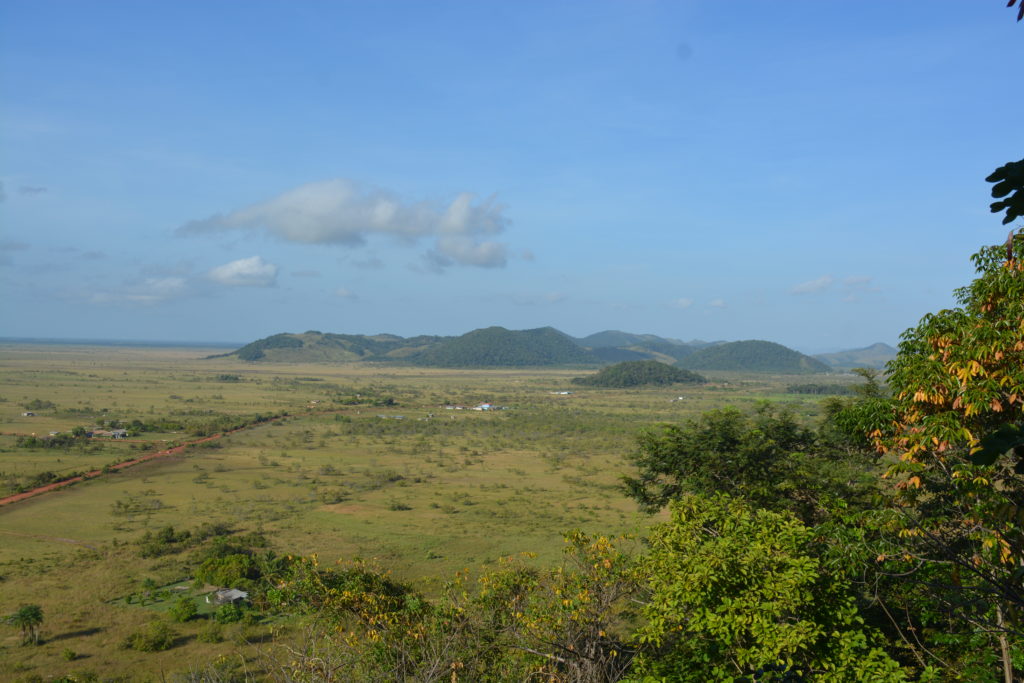
Geography & Climate
Guyana’s geography is dominated by its low coastal plains, rolling hills, and extensive interior rainforests, which make up about 80% of the country. The Rupununi Savannah in the southwest is a vast grassland region, while the rainforests in the Iwokrama Forest are home to some of the most pristine jungles in South America. The country’s tropical climate is characterised by hot, humid conditions year-round, with two wet seasons from May to mid-August and from mid-November to January. The Demerara River, one of its main waterways, stretches across the heart of the country and has lent its name to Demerara sugar, known worldwide for its rich, caramel flavour.

History and Economy
Guyana’s colonial history began with Dutch settlement in the 17th century, followed by British rule in 1814, which left a lasting impact on its architecture, institutions, and economy. The British imported indentured labourers from India, Africa, and China to work on sugar, rice, and other plantations, leading to a culturally diverse population. Guyana gained independence in 1966, becoming a republic in 1970.
Today, the country’s economy is driven by agriculture (notably rice and sugar), mining (gold and bauxite), forestry, and recently discovered oil reserves. Illegal mining and logging have posed significant environmental challenges. Meanwhile, rum production remains an iconic part of Guyana’s cultural and economic fabric, with Demerara Distillers producing world-famous El Dorado rum.
In recent years, ecotourism has become vital to the economy, attracting visitors to its unique biodiversity and vast wilderness. This includes sustainable ventures like the Iwokrama Forest and Rupununi savannahs, offering insights into Guyana’s rich ecological diversity. The country faces environmental challenges, including illegal mining, which threatens its forests and water quality.
Principal Sites
Rupununi & Rock View Lodge
The Rupununi Savannah is a vast open grassland in southern Guyana, home to rich biodiversity and remote indigenous communities. At its heart lies the Rock View Lodge, run by an Englishman, which provides an oasis amidst the wilderness with lush gardens and a warm, welcoming atmosphere. The Rupununi region is known for its wildlife, including giant anteaters, jaguars, and a variety of bird species, a particular highlight we saw was the King Vultures (Sarcoramphus papa) roosting in a couple of trees, making it a must-visit for nature lovers.

Iwokrama Forest & Atta Rainforest Lodge
The Iwokrama Forest is one of the last remaining pristine rainforests in the world and is one of Guyana’s top ecotourism spots. On the main highway in the Forest we saw a wild jaguar (Panthera onca) crossing the road—an unforgettable experience. The Atta Rainforest Lodge, nestled within this vast forest, offers a unique stay surrounded by dense jungle. One of the highlights of visiting this area is the Iwokrama Canopy Walkway, a series of suspension bridges 30 metres above the ground, offering unparalleled views of the jungle canopy and the opportunity to spot exotic birds and wildlife like macaws, howler monkeys, and even the elusive jaguar.
Kaieteur Falls
Guyana’s Kaieteur Falls, one of the world’s highest single-drop waterfalls, plunges 226 metres (741 feet) in a remote area of the country. The falls, accessible by light aircraft or riverboat, are surrounded by virgin jungle, with a rich ecosystem including the striking red cock-of-the-rock bird (Rupicola rupicola), which is native to the region. This breathtaking natural wonder is one of the country’s most celebrated attractions, protected within a national park to maintain its unspoiled beauty.

Georgetown
The capital of Guyana, Georgetown, is a city rich in colonial history and Caribbean flair. Its wooden buildings, painted in pastel colours, reflect the architectural heritage of the British colonial period, though many are in need of restoration. We stayed at Rima Guesthouse, a charming spot offering an authentic Georgetown experience.
St George’s Cathedral
One of the world’s tallest wooden churches, this cathedral is a beacon of Gothic architecture, soaring over 43 metres high. Built in 1892, it is one of Georgetown’s most significant landmarks.

Stabroek Market
A bustling hub of commerce, the Stabroek Market is housed in an iron structure likely built in Glasgow during the height of British industrial might. Inside, vendors sell everything from fresh produce to clothes, offering a slice of daily life in Guyana.

Law Courts & Queen Victoria Statue
Queen Victoria’s statue stands outside the Law Courts, a relic of British colonial influence. Both buildings represent the legal and administrative heart of colonial Georgetown.

Town Hall
This striking blue wooden building sits beside the Law Courts. Though it is in dire need of renovation, it remains an impressive piece of Victorian architecture.
Manatees at the National Park
We had the chance to see manatees (Trichechus manatus) up close in Georgetown’s National Park, an unexpected treat in the heart of the city. These gentle aquatic mammals are a rare sight and add to the city’s charm.
The Demerara River & Guyanese Rum
The Demerara River flows through the heart of the country, giving its name to the famous Demerara sugar, which is exported worldwide. Rum production is also integral to Guyana’s culture, with Demerara Distillers producing some of the finest rums in the world, including the renowned El Dorado rum, which captures the spirit of the country in every bottle.

Wildlife
Guyana boasts an extraordinary variety of wildlife. The Rupununi Savannah and Iwokrama Forest are home to the majestic jaguar (Panthera onca), playful tapirs (Tapirus terrestris), and an incredible diversity of bird species, including the national bird, the cock-of-the-rock (Rupicola rupicola). We were fortunate to witness this bird during our stay. In the rivers and waterways, giant river otters (Pteronura brasiliensis) and black caiman (Melanosuchus niger) thrive.

Cricket in Guyana
Cricket is the most beloved sport in Guyana, a legacy of British colonialism, with several prominent players emerging from the country over the years. However, in recent years, athletics and American sports like basketball have gained popularity, challenging cricket’s long-held dominance.
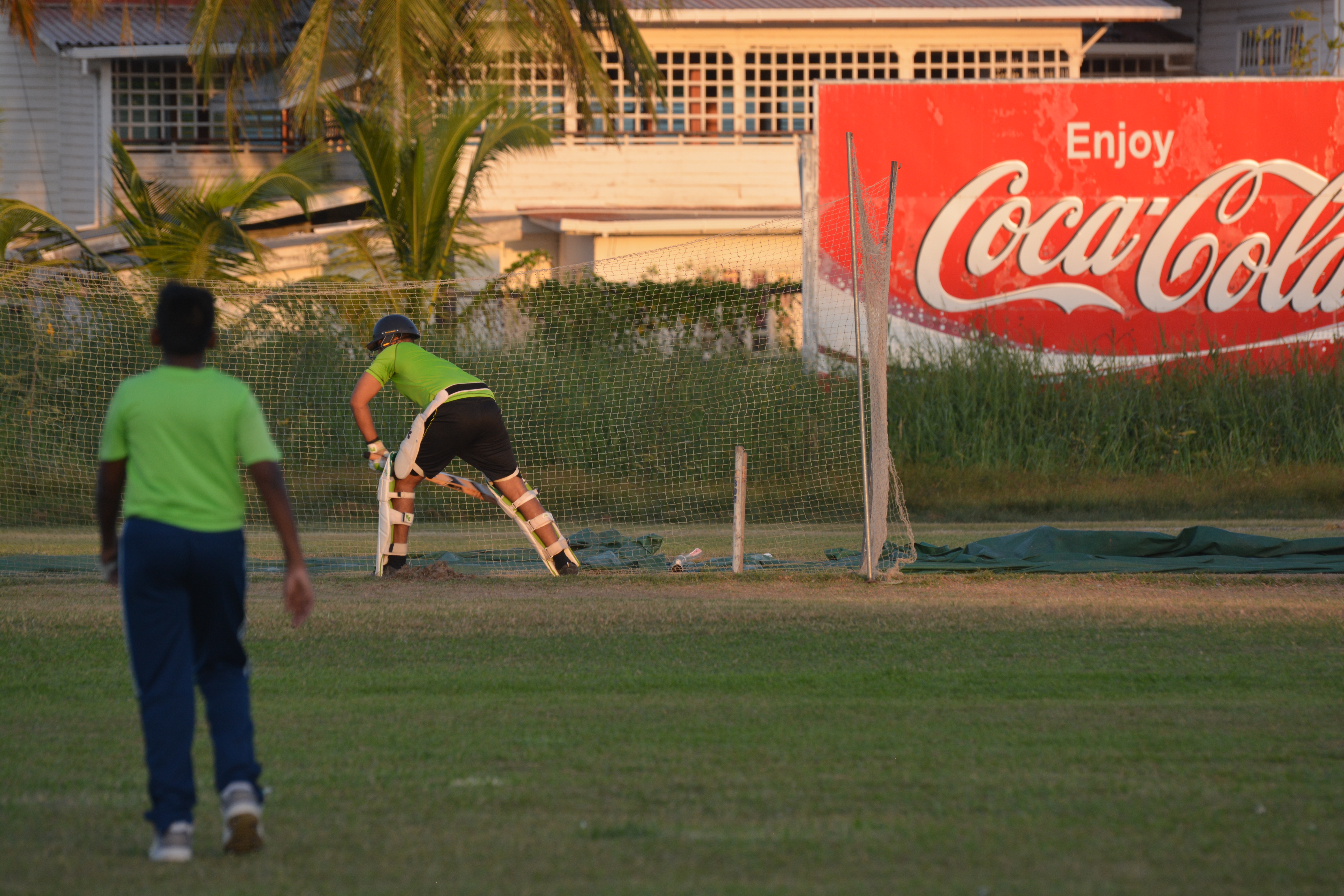
Environmental Challenges
Guyana faces several environmental challenges, particularly from illegal mining and logging, which threaten its vast rainforests and where mercury as a waste product of illegal mining is having a catastrophic impact on the country’s water systems. However, the country is working to balance economic growth with sustainability, aided by international support and its role in regional conservation efforts.
Final Thoughts
Guyana remains a hidden gem in South America, offering a unique blend of unspoiled natural beauty, rich colonial history, and warm Caribbean culture. Whether you’re exploring the untouched rainforests of Iwokrama, marvelling at the towering Kaieteur Falls, or wandering the historic streets of Georgetown, Guyana is a country that promises adventure and discovery at every turn.
Dates: 28/09/2018 to 05/10/2018 – Dragoman Days 2 to 9



